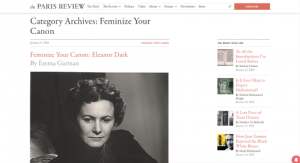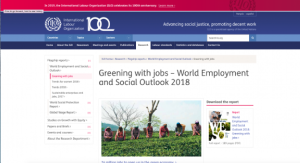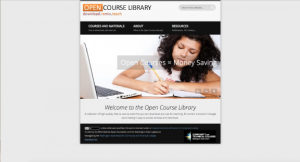 |
January 25, 2019 Volume 25, Number 4 |
General Interest |
Theme: Data Visualization |
Revisited |
In the News |
General InterestBack to Top | |
 |
|
 |
|
 |
|
 |
|
 |
|
Theme: Data VisualizationBack to Top | |
 |
|
 |
|
 |
|
 |
|
 |
|
RevisitedBack to Top | |
 |
|
In the NewsBack to Top | |
Researchers 'Hack' Photosynthesis to Improve Plant Efficiency | |
|
Scientists Have 'Hacked Photosynthesis' In Search Of More Productive Crops Plants botch photosynthesis 20% of the time. Fixing that could change agriculture Fixing photosynthesis by engineering it to recycle a toxic mistake Synthetic glycolate metabolism pathways stimulate crop growth and productivity in the field Realizing Increased Photosynthetic Efficiency (RIPE) Lesson plan: Modeling Photosynthesis and Cellular Respiration Through photosynthesis, plants are able to pull carbon dioxide from the atmosphere and convert it into sugars for energy, helpfully releasing breathable oxygen as a byproduct. However, the enzyme most plants use in this process, a molecule known as RuBisCo, mistakes oxygen for carbon dioxide about 20 percent of the time, accidentally creating a toxic compound that plants subsequently have to detoxify through photorespiration, reducing their growth efficiency. New research may have developed a solution to this. In early January 2019, a team of scientists in an international research group called Realizing Increased Photosynthetic Efficiency (RIPE), based at the University of Illinois, published a scientific paper detailing how they had successfully used genetic engineering on experimental tobacco plants, enabling them to use a more efficient "shortcut" in their photosynthesis process. This shortcut fixes the RuBisCo enzyme's weakness and thus allows the tobacco plants to grow approximately 40 percent larger than unmodified ones. The implications of this increased efficiency are potentially huge, particularly for agricultural food crops like soybeans and cowpeas, and it is there that the researchers are focusing next. [JDC] At the first three links, readers will find recent news articles explaining the study and its implications. The first article, written by Dan Charles for NPR, also includes a three-minute radio segment on the story. The second article, written by Zoe Schlanger for Quartz, includes with its explanations multiple photographs of the researchers' test subjects. For those interested in a slightly more in-depth explanation, Ars Technica provides this in the third article, written by science editor and former biological researcher John Timmer. At the fourth link, readers will find the researchers' full academic article published in the journal Science. Curious to learn more about RIPE's work and other research projects? Follow the fifth link to the research group's official website. Finally, educators who would like to introduce this story into their classrooms may be interested in the sixth link, where they will find a hands-on lesson plan on photosynthesis and respiration created for students in grades 5-10. This standards-aligned lesson plan, which comes from the California Academy of Sciences, includes three sets of learning expectations and core ideas to accommodate the different grade levels. | |
